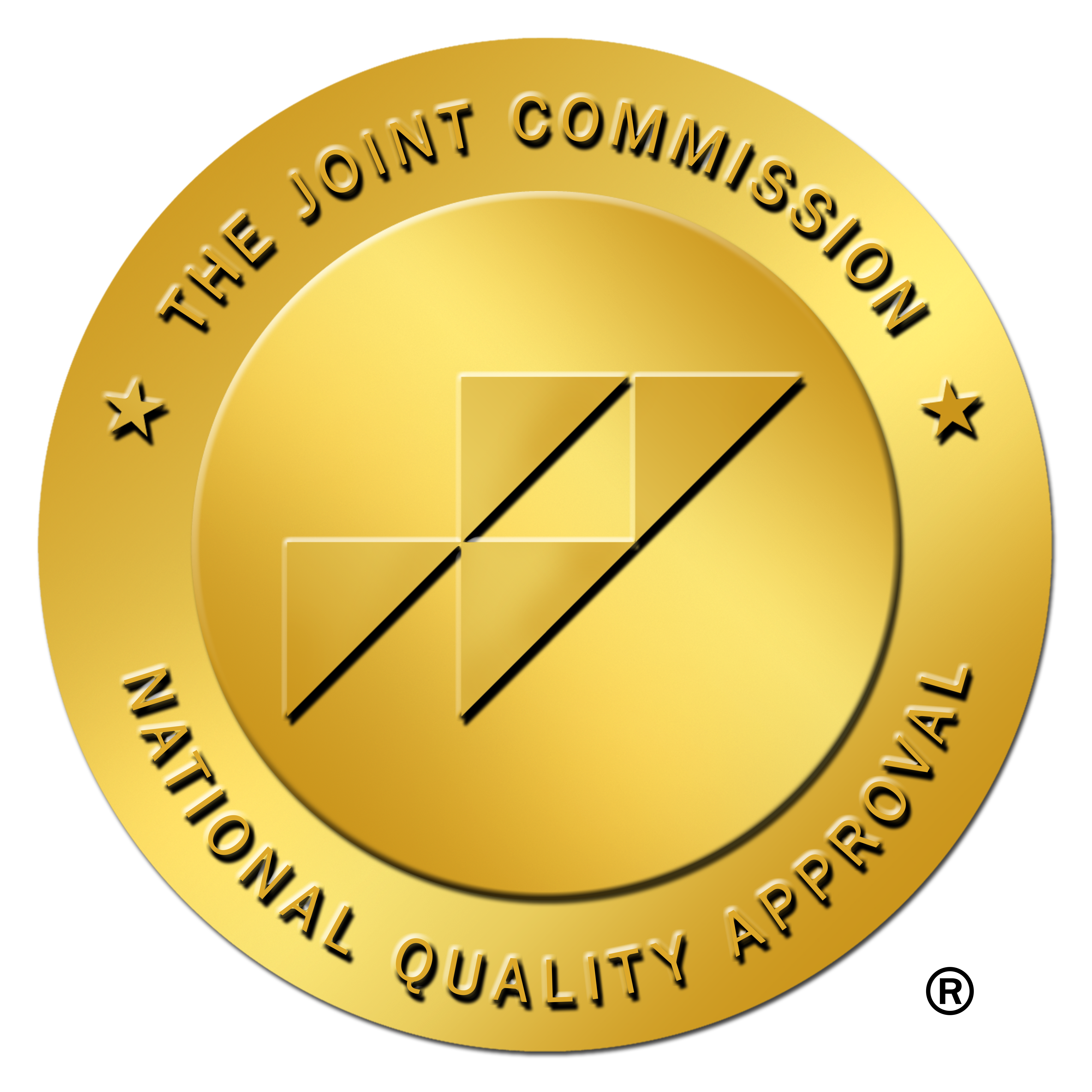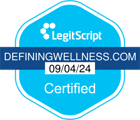In 2021, overdose deaths claimed the lives of almost 71,000 Americans. More than 70% of these deaths were related to opioid abuse. Overdose deaths create enormous costs for all Americans. Every year, overdoses deprive countless families of breadwinners, parents, and siblings.
For a variety of reasons, prescription painkiller prescriptions proliferated out of control in the late 90s and early aughts. Physicians overprescribed opioid drugs to individuals who were suffering from genuine physical pain. Of course, opioid and opiate abuse is not a new problem for society. Since the beginning of this nation’s history, addiction has created challenges for policymakers. Still, the most lamentable effects of the overdose epidemic are personal and familial.
Naturally, seeking addiction treatment is the best way to stay safe from an overdose. In the meantime, you can reduce your overdose risk by avoiding certain risky behaviors. Harm reduction can help keep you safe until you are able to enter rehab.
Here are five risk factors that can increase your chances of experiencing a fatal overdose and how you can take steps to help prevent it.
1. Mixing Drugs
When you mix drugs, they can interact in a way that dramatically increases their effect. One of the most dangerous combinations involves mixing liquor with prescription opioids. It’s also very risky to use alcohol while taking benzodiazepines like Klonopin and Xanax. Alcohol and benzos are commonly called “downers” because they suppress your breathing and heart rate. Mixing downers can exacerbate this suppressant effect until your breathing stops altogether. After mixing substances, driving can prove particularly dangerous for yourself and others.
Speedballing is one of the most dangerous forms of drug abuse. This method involves mixing heroin and cocaine into one potent combination. Because heroin is a powerful downer and cocaine is a stimulant, this intake method sends conflicting instructions to your cardiovascular system. These conflicting instructions can significantly increase your heart attack risk. Speedballing long-term weakens your heart and lowers your overall life expectancy.
According to the experts, a majority of overdose fatalities involved mixing multiple intoxicating agents. When mixing substances, it can prove particularly dangerous to start with alcohol. After all, alcohol use can give you a false sense of security and degrade your ability to determine how intoxicated you really are. If at all possible, only use one intoxicating substance at a time. Besides reducing overdose risk, this can help you avoid making impulsive choices that will make your life situation even worse.
2. Tolerance and Overdose
Unfortunately, many people overdose while on the road to recovery. Relapse is one of the most dangerous times for anyone getting sober. Whether preplanned or not, every day of abstinence significantly reduces your tolerance. However, long-standing your habit, even just a few days of decreased use, can deeply affect your tolerance. When you relapse, what once seemed like an average dose could prove deadly.
If returning to use after a period of abstinence, you should go slow end exercise caution. Using a different intake method can reduce overdose risk. Though relapse is frustrating for you and those trying to help you, you shouldn’t be unduly depressed by a relapse. Addiction experts often say, “relapse is a part of recovery.” As a rehab client, you won’t end your residential stay without a detailed, realistic relapse prevention plan.
3. Quality and Strength
Drug quality is another major factor affecting overdose rates and fatality rates. Street drugs vary greatly in purity and strength. These contingent purity levels contribute to overdoses. It’s not unusual for users to do shots much stronger than what they prepared for.
All too often, street drugs are “cut” or adulterated. Any particular parcel of drugs can have any number of adulterants. Dealers often adulterate their products to make more money or increase potency. Recently, the authorities have noted an uptick in fentanyl-laced street drugs. It’s not certain how many fatal overdoses are attributable to adulterants. Nevertheless, addiction experts attest that this is a major exacerbating risk factor in overdoses.
Dosage mistakes can also affect people using prescription drugs. For example, 100 milligrams is a fairly small dose when it comes to hydrocodone. However, this is a massive dose of oxycodone. Although both opioid medications affect one’s body in the same way, both have completely different dosage profiles.
It’s a big risk to take medications without knowing exactly what makes for a safe dose. When taking pills, make sure you know exactly how much you should take and how often. You can also reduce this risk factor by testing drug strength before significant use. Routinely purchasing from the same dealer can reduce your risk of using drugs that are far stronger than what you’re used to.
4. Using Drugs Alone
Technically speaking, using drugs by yourself won’t cause an overdose. However, solitary use is a serious risk factor for fatal overdose. When you use alone, there is no one around to help you if you need medical attention. Quite a few fatal overdoses happen behind closed, locked doors. If you are worried about the potential for overdose, you should have an overdose plan in place, one that you share with friends or partners. You may even be able to secure naloxone for your home if you feel that your overdose risk is substantial.
5. Age, Length of Use and Underlying Health Habits
Your overall health risks are greatly affected by your age and health. People with underlying health conditions are more likely to have serious overdoses. Furthermore, their overdoses are more likely to be fatal. Having long experience with drugs can have a mixed effect. In some ways, this experience can give you insights into avoiding overdose. Nevertheless, people with longer using careers suffer from cumulative physical illnesses. After years of drug use, it’s not uncommon for users to suffer from HIV, communicable hepatitis, and other chronic diseases. To avoid transmission of these illnesses, never share needles with other users under any circumstances.
It’s also fairly common for drug users to suffer from infections like cellulitis and endocarditis. Anyone with a compromised immune system is more likely to experience a fatal overdose. Seeking prompt treatment for illness can reduce your chances of overdose. Hydrating properly, eating, and sleeping can also help. If you are generally inactive, consider starting a modest exercise regimen. Even just regular walking can reduce your risks of experiencing an overdose and many other life-threatening incidents.
Hope on the Horizon
Harm reduction is an important concept in modern addiction treatment. Although cessation of use is the ultimate goal in treatment, harm reduction is a critically important goal along the way. Fortunately, society is taking great strides when it comes to treating those with addiction issues. Increasingly, people are recognizing that a variety of societal factors play into addiction. Mental illness, family trauma, and PTSD can increase addiction risk substantially.
Defining Wellness Centers is among the best modern rehabilitation centers. Our team assists clients with comprehensive treatment plans that include talk therapy, mental health screening and medication management.
Defining Wellness Centers (DWC) uses a combination of group and one-on-one counseling to help our clients work through their problems. Generally speaking, rehab clinics use evidence-based methods that have stood the test of time. Though these clinics may utilize the 12-step program, there are plenty of other methodologies that have proven useful for overcoming substance abuse problems.
At DWC, we only hire staff members who are compassionate, caring professionals. These addiction recovery specialists foster a quiet, comforting space to exist in as you work out a plan for the rest of your life. In rehab, you’ll meet other people who share similar life goals and passions. Since we get into addictions socially, it makes sense that recovery is social as well.
Sobriety: A Long-Term Process of Development
After entering rehab and getting sober, it is common to have a feeling of natural euphoria. One naturally feels a sense of accomplishment after achieving abstinence after many years of use. Although you may enjoy this “pink cloud,” as it is called, don’t confuse this euphoric moment with recovery. Recovery is less an event than a process that can take years. Rehab simply provides you with a safe, comfortable, drug-free environment where you can start a positive path in peace and quiet. In the public consciousness, a typical rehab stay is 28 days. In real life, stay length varies considerably based on the needs of each client. Typically, you won’t want to leave rehab until you are sure you have a solid foundation for staying sober.
Naturally, leaving rehab doesn’t mark the end of the recovery process. Instead, it represents a mere transition, albeit an important one. The most important part of drug abstinence is identifying and avoiding triggers. Put quite simply, a trigger is anything that inspires cravings. A trigger can be a smell, a sound, a place, or a person. It’s a popular misconception that abstaining from drugs is about having the willpower to resist cravings. Instead, getting clean is more about avoiding triggers and cravings in the first place. Sobriety may require you to end friendships, relationships, and associations that have long defined your life. However difficult this might seem at first, cutting triggers out of your life is the most certain way to put drugs behind you for good. Remember that a real friend supports you as you work towards sobriety instead of encouraging you towards a path that leads nowhere.
These days, society has learned to take a far more compassionate attitude toward substance addiction. This trend is exemplified by the widespread availability of naloxone, a medicine that can reverse an overdose in an emergency situation. Thanks to the continual efforts of medical professionals and addiction specialists, people are now treating addiction as medical condition that can respond to treatment. This naturally feeds into greater societal tolerance. After all, it would be incredibly callous to blame a cancer patient for their own illness. Most people would agree that it would be equally wrong to treat a person with addiction so callously.
No matter how difficult your situation may be, you can achieve recovery. Thousands of former users have turned around lives that were once defined by chaos and disarray. Though the journey might be long and difficult, full recovery is never an impossibility. If you’re sick and tired of living a life constrained by addiction and chaos, don’t give up hope. No matter how many struggles you may have had, you are important, and you deserve the opportunity to turn your life around. Through evidence-based modern rehabilitation, you can achieve peace and serenity you once thought beyond your reach.





















